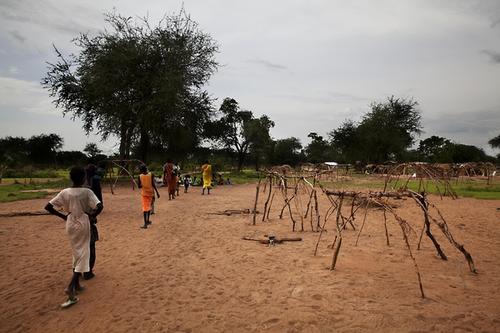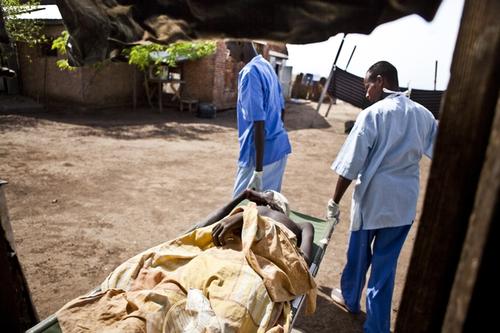An epidemic of hepatitis E is escalating across refugee camps in Maban County, South Sudan. So far, Médecins Sans Frontières (MSF) has treated 3,991 patients in its health facilities in the camps and has recorded 88 deaths, including 15 pregnant women.
Hepatitis E is a virus that causes liver disease. It can lead to acute liver failure and death, and is particularly dangerous for pregnant women. Its symptoms are treatable, but there is no cure.
“We have been doing everything we can to care for people with hepatitis E, but there is no treatment for the disease,” says Dr. José-Luis Dvorzak, MSF medical coordinator in Maban county. “We suspect this outbreak is far from over, and many more people will die.”

The first cases appeared in June 2012 and three camps – Jamam, then Gendrassa and Batil – have seen the most so far. Numbers still have not peaked in Batil camp, where death rates have steadily risen from one or two a week in November, to ten a week in January.
Over the past two weeks, MSF has identified a further 41 suspected hepatitis E cases in Doro camp. Two of these people died. This means that none of the camps in Maban County is now free of the virus.
Like cholera, the hepatitus E virus spreads in environments with poor sanitation and contaminated water. This outbreak was able to take hold because of the poor conditions – such as inadequate distribution of safe water, limited access to functioning latrines and too few hand-washing points – in the Maban refugee camps, which host more than 110,000 Sudanese refugees.
“The refugee camps should not only be a place of safety from conflict, but also a place where refugees can stay alive and are safe from preventable diseases and outbreaks,” said Laurence Sailly, MSF emergency coordinator in Doro camp.
While continuing to concentrate on the extremely heavy medical workload of caring for hepatitis E patients and treating all the other patients in our field hospitals, MSF teams are also carrying out emergency gap-filling activities, including pumping, treating and distributing around 2.5 million litres of water per week in Doro camp.
The geography of Maban county – a flood plain in the rainy season and a parched wasteland in the dry season – means that the refugees in these camps are completely reliant on humanitarian assistance for the food, water and healthcare they need to survive.
MSF has been working in Maban county since November 2011, and is the main healthcare provider across the four refugee camps, running three field hospitals and seven health posts.





